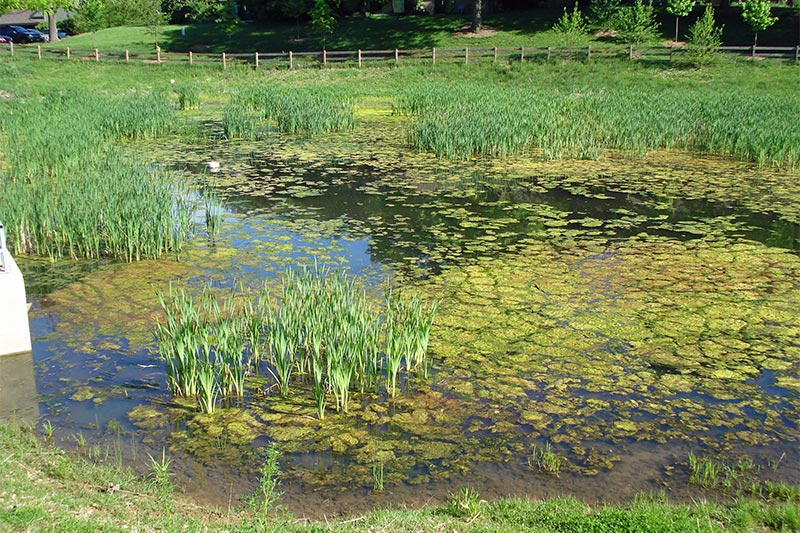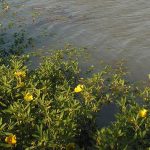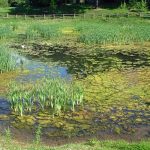 An important part of stormwater management is controlling nuisance vegetation that finds its way into and around the system. The term “nuisance”, in relation to plants, refers to species that are invasive and usually non-native. For stormwater devices, the term also includes woody species like pines, maples, and sweetgum. Any plant that was not intentionally planted in the stormwater system is considered a nuisance and a threat to the system’s structure and function if allowed to propagate. Read on to find out how exactly these plants can create such an issue in your stormwater device.
An important part of stormwater management is controlling nuisance vegetation that finds its way into and around the system. The term “nuisance”, in relation to plants, refers to species that are invasive and usually non-native. For stormwater devices, the term also includes woody species like pines, maples, and sweetgum. Any plant that was not intentionally planted in the stormwater system is considered a nuisance and a threat to the system’s structure and function if allowed to propagate. Read on to find out how exactly these plants can create such an issue in your stormwater device.
- They outcompete beneficial plants. One notable characteristic of invasive plants is that they are able to spread very quickly and grow in dense patches. Their aggressive growth allows them to choke out beneficial species by sequestering nutrients and blocking the sunlight.
- Nuisance vegetation that grows submerged in the water can become so dense that it is difficult for fish to navigate and survive in the pond.
- Dense growth, particularly of taller plants like cattails, blocks water from flowing into and out of the pond. This blockage can cause flooding in the pond and areas upstream.
- When these dense mats of nuisance vegetation die off, they release an excess of nutrients which often leads to algae blooms. The dead mats also provide prime habitat for mosquitoes and rodents.
Some of the most common nuisance plants we encounter in North Carolina are cattails, willows, creeping water primrose, spikerush, pondweed, and hydrilla. These species can be difficult to control once they have spread, so it is best to catch infestations early.
For the best in stormwater management to control nuisance vegetation, contact us today.



